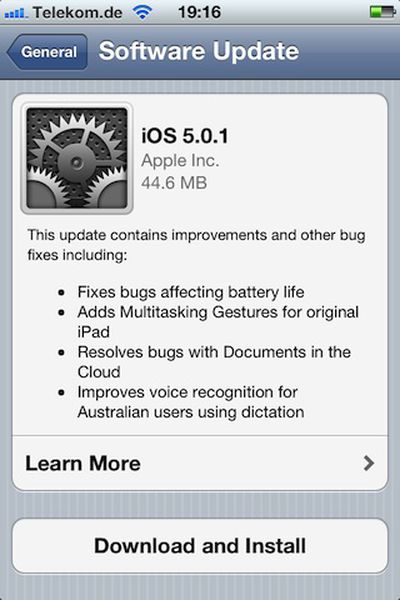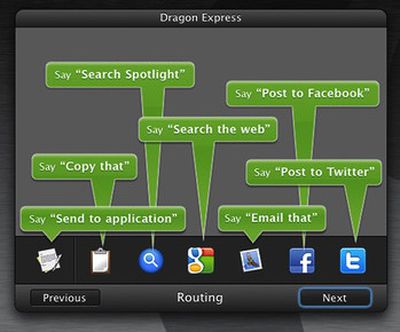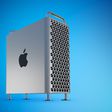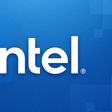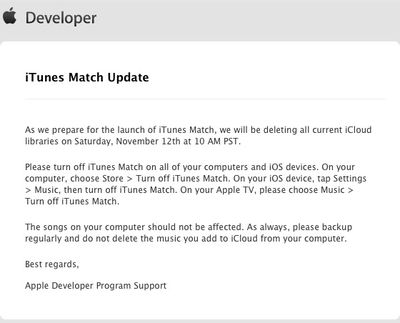
As it has a number of times during developer testing, Apple has just sent out an email to registered developers indicating that it will once again be deleting their iTunes Match libraries. The latest deletion is scheduled for tomorrow, November 12th.
As we prepare for the launch of iTunes Match, we will be deleting all current iCloud libraries on Saturday, November 12th at 10 AM PST.
Please turn off iTunes Match on all of your computers and iOS devices. On your computer, choose Store > Turn off iTunes Match. On your iOS device, tap Settings > Music, then turn off iTunes Match. On your Apple TV, please choose Music > Turn off iTunes Match.
The songs on your computer should not be affected. As always, please backup regularly and do not delete the music you add to iCloud from your computer.
Apple has modified the language from past notices to include a specific time for the deletion (10 AM PST) and reference to the deletion coming as Apple "prepare[s] for the launch of iTunes Match". Consequently, the development may offer some hope that a public debut of the service may now be near.
Apple had initially announced that iTunes Match would debut in the United States by the end of October, but the company missed that target and has not provided an updated timeframe for the launch. The company has since issued a new iTunes beta to continue testing.



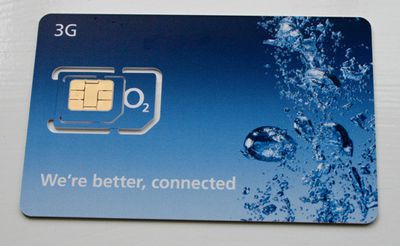
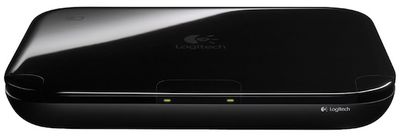
 Much has been made of Steve Jobs' revelation in his authorized biography about having
Much has been made of Steve Jobs' revelation in his authorized biography about having 




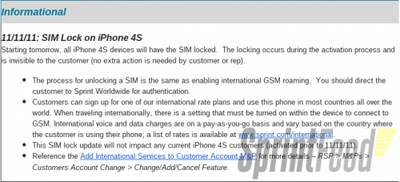

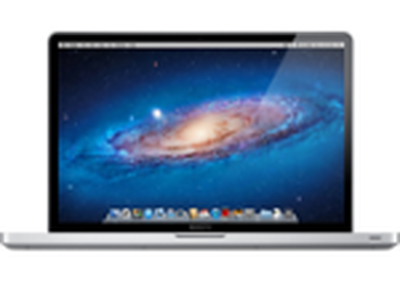 Apple has released
Apple has released 


